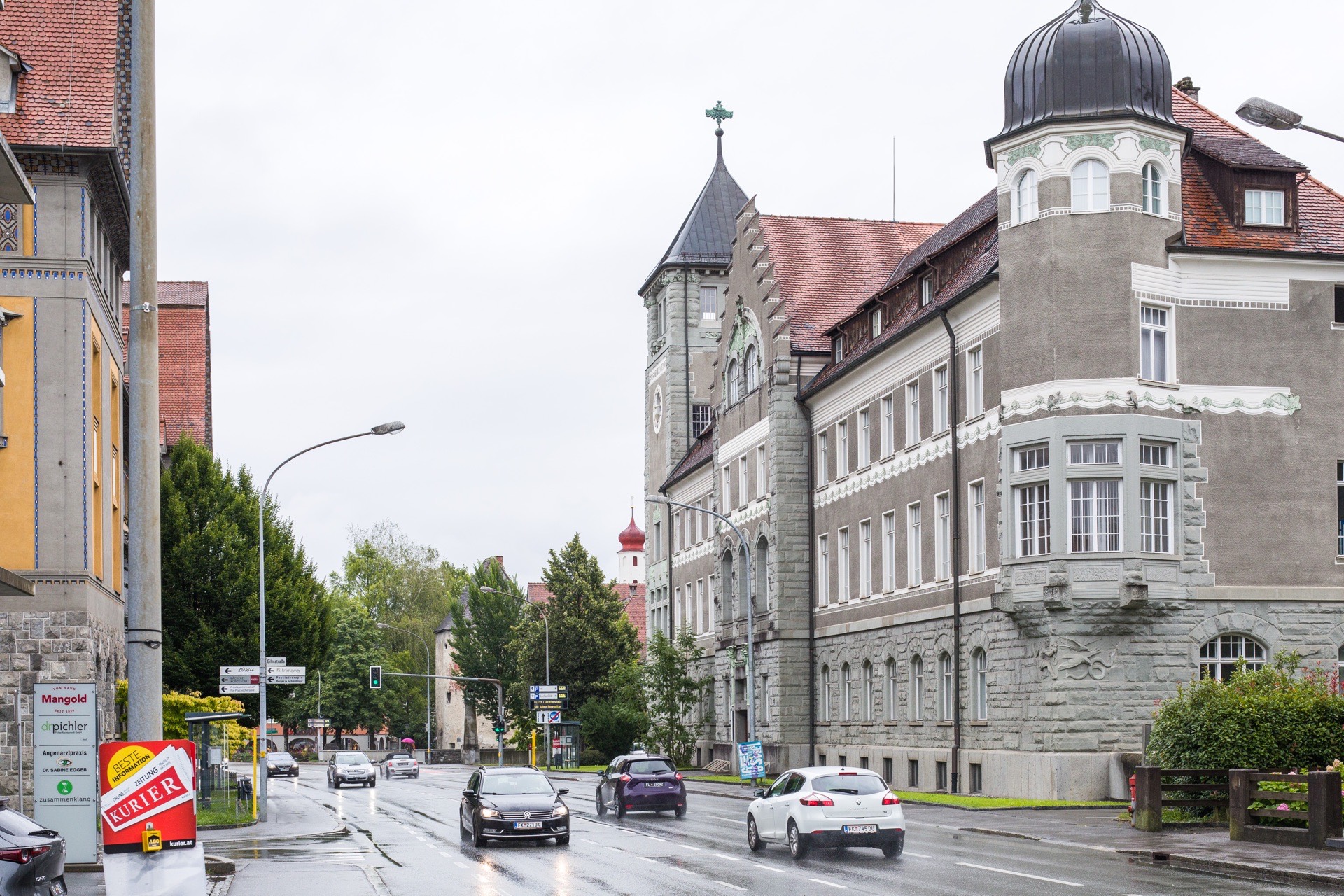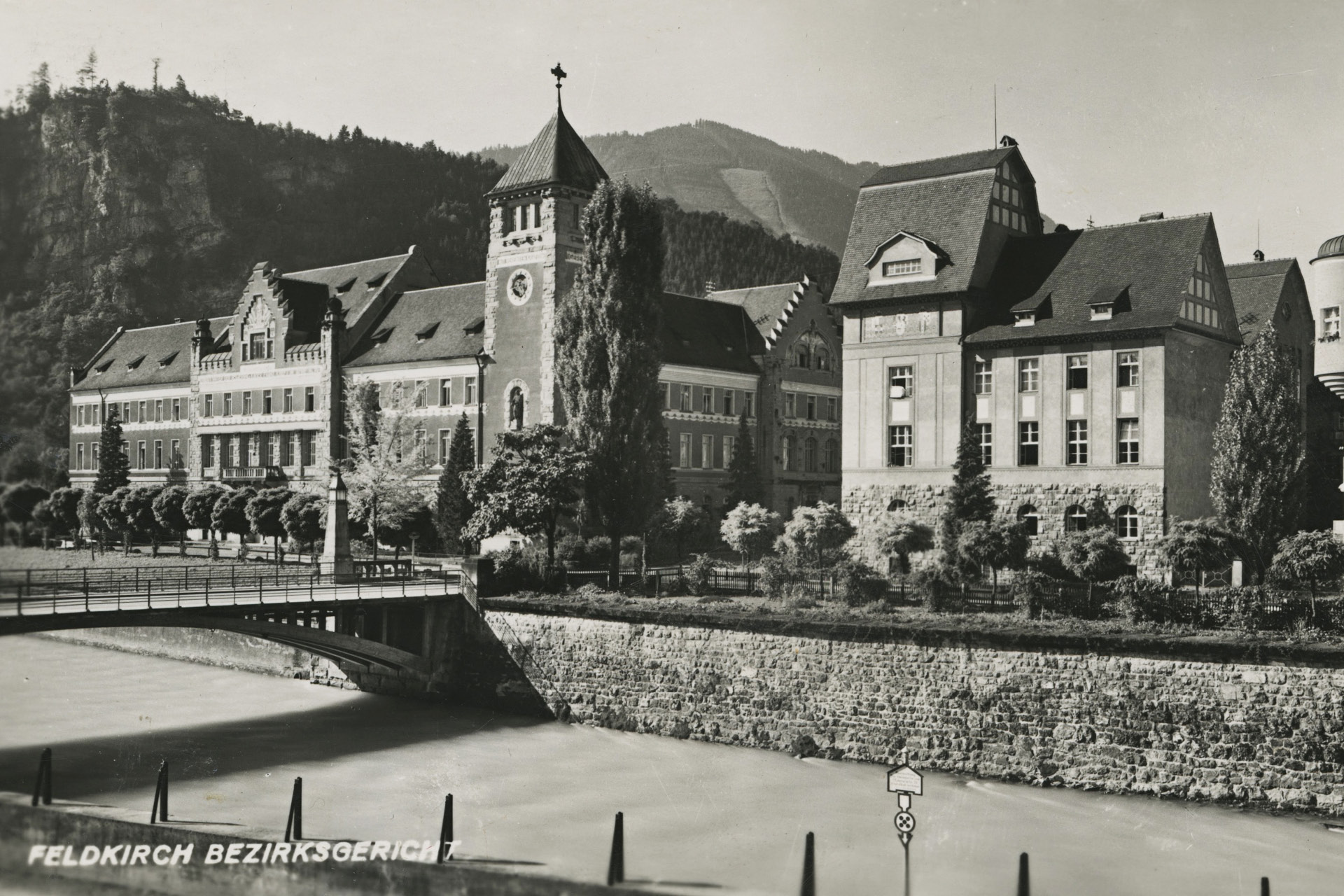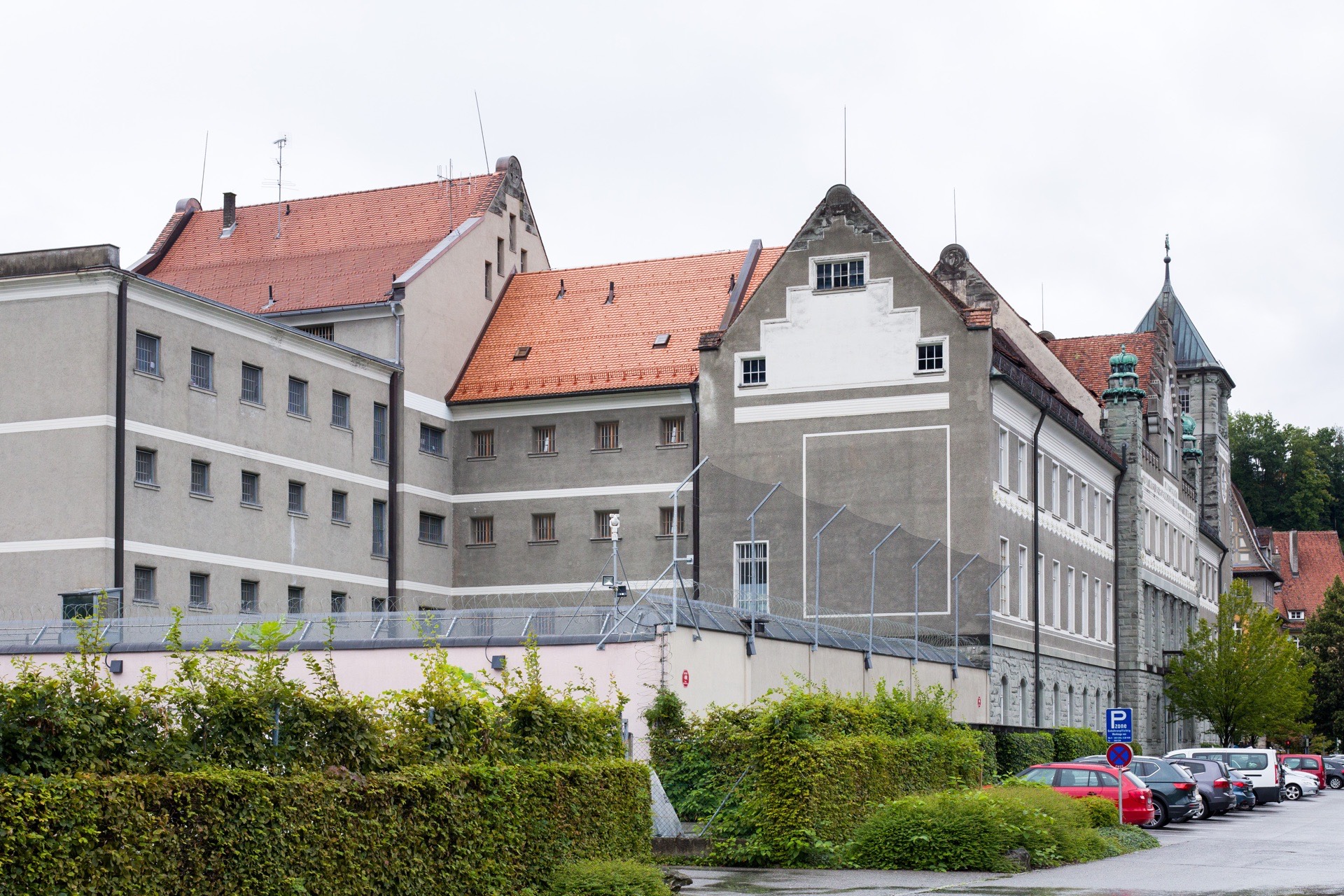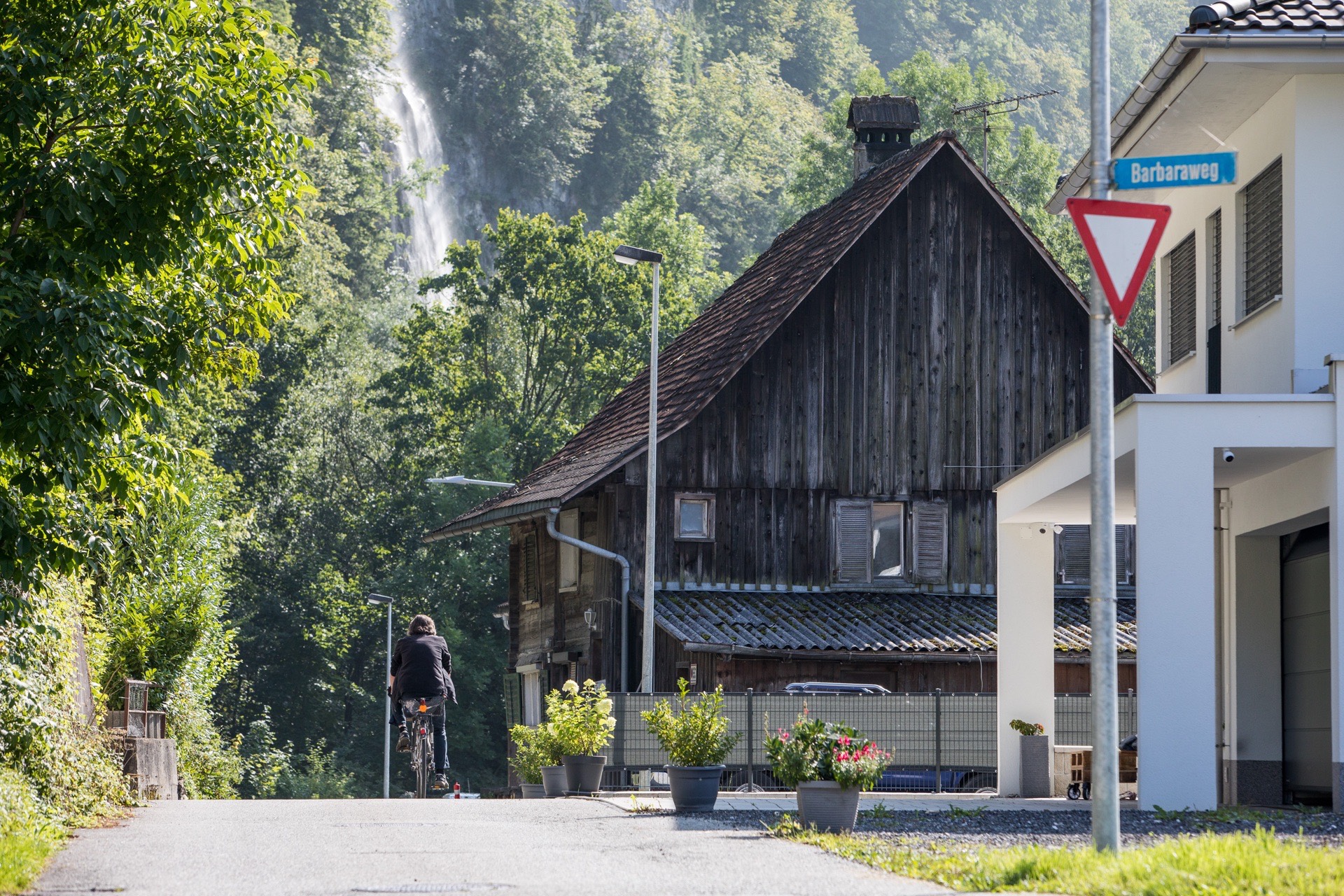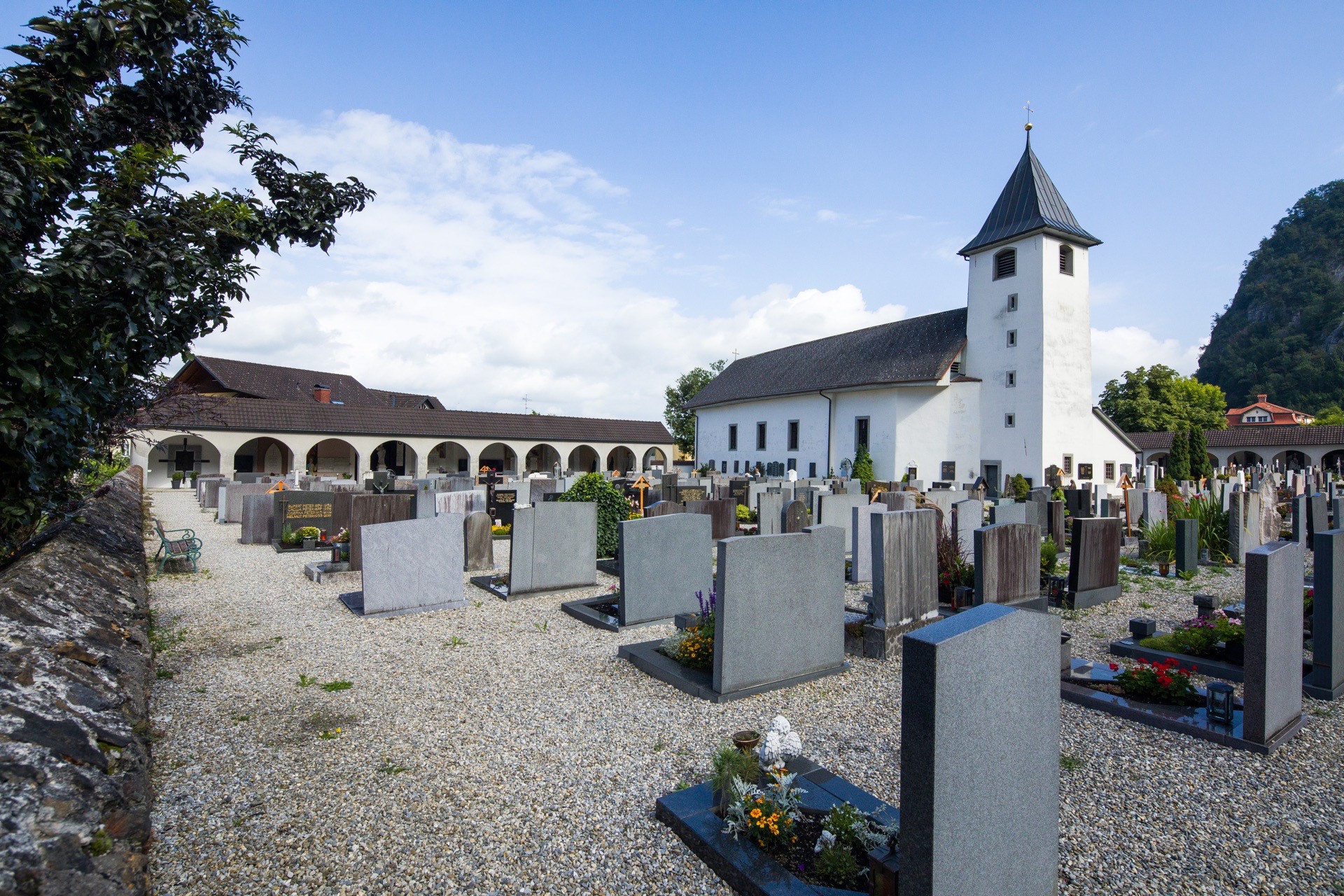Heinrich Heinen and Edith Meyer> August 30, 1942
39 Edith Meyer und Heinrich Heinen
A love that was not allowed to be: Edith Meyer and Heinrich Heinen
Feldkirch – Hohenems, August 30, 1942 – September 1, 1942
On August 30, 1942, six prisoners manage to break out of the prison behind the Feldkirch district court. Josef Höfel, a 19-year-old unskilled worker from Hohenems who has had several conflicts with the law, is imprisoned for high treason; he allegedly belonged to a communist resistance organization. Erwin Kermer, a sixteen-year-old apprentice carpenter, was accused of planning an “unauthorized border crossing” into Switzerland. Othmar Rathgeb, a 17-year-old Swiss, had unsuccessfully tried to enlist in the German Reich's navy. While trying to return to his homeland, he was arrested on the train to Feldkirch for passport violations. Paul Schwetling from East Prussia had tried to escape to Switzerland near Lustenau before being drafted into the air force, and Friedrich Frolik, a young Czech, had also tried to cross into Switzerland near Feldkirch.
The impetus for the joint escape, however, was given by another fellow prisoner: Heinrich Heinen from Cologne. Three days earlier, Heinen had been convicted in Feldkirch of “racial defilement,” draft evasion and passport offenses. Together with his Jewish fiancée Edith Meyer, he tried to escape to Switzerland near Feldkirch in June. Their love is forbidden in Germany.
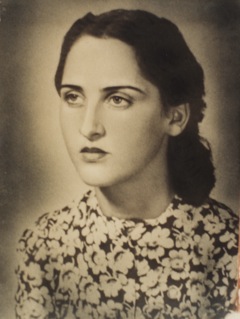
Edith Meyer
Source: Ernst Meyer, Collection of Günter Schmitz
Nineteen-year-old Edith Meyer and her family were forcibly relocated to a “Judenhaus” in Langenfeld near Düsseldorf in 1939. In December 1941, she was deported to Riga. Heinrich Heinen, however, succeeded in liberating her from the ghetto in an adventurous way in April 1942. After an odyssey via Königsberg, Berlin, Cologne, Solingen, Königswinter, Constance, and Bludenz, the two were arrested in Feldkirch on the evening of June 22, 1942. When they were taken to the prison shortly after midnight, they saw each other for the last time.
On August 30, Heinen and his five cellmates manage to overpower two guards and take their weapons. But instead of escaping immediately, Heinen searches for his beloved for an hour and a half in the prison house, in vain. Finally, the escapees split into two groups. Most of them are caught soon, in Feldkirch and Lustenau. Höfel and Heinen escape arrest once again in Lustenau on a bycicle and hide for one night in the Hohenems district of Oberklien. The chronicle of the Hohenems gendarmerie post records under the date of September 1, under the heading “Use of weapons against felons”:
“The escapees tried to flee to Switzerland on stolen bicycles. Höfel had old smuggler friends in Hohenems Oberklien and sought shelter there for the time being with Heinen. On September 1, 1942, at about 2:20 p.m., the gendarmerie post learned that Höfel and another unknown man were supposed to be in Oberklien at house No. 7. The post commander, Master Linder, organized an arrest plan and at 2:55 p.m. intervened against the criminals with Chief Constable Welte of the municipality and, since no other gendarmes were present at the post, with Master of the Schutzpolizei of the municipality, Anton Margreiter and Border Guard Alfred Huchler from Hohenems. Höfel and Heinen immediately fired several pistol shots against Master Linder at a distance of 19 meters, but since Master Linder immediately found cover on the ground, they missed. Höfel was then fatally shot by a brain shot and Heinen, who finally tried to escape and, in the process also fired further shots at the border guard Huchler, was fatally shot by Huchler by two shots. – The bodies were taken to the morgue of the hospital and buried extra-parochially and inconspicuously in the local cemetery at 5 a.m. on September 3.”[1]
Heinen had been unable to find his fiancée in the Feldkirch prison because she had already been handed over to the Gestapo the day before. She was deported from Innsbruck to Auschwitz on October 9, 1942. Since then, there has been no trace of her.
Recommended Reading:
Alfons Dür, Unerhörter Mut. Eine Liebe in der Zeit des Rassenwahns. Innsbruck 2012.
[1] Quoted from Alfons Dür, Unerhörter Mut. Eine Liebe in der Zeit des Rassenwahns. Innsbruck 2012, p. 143-144.
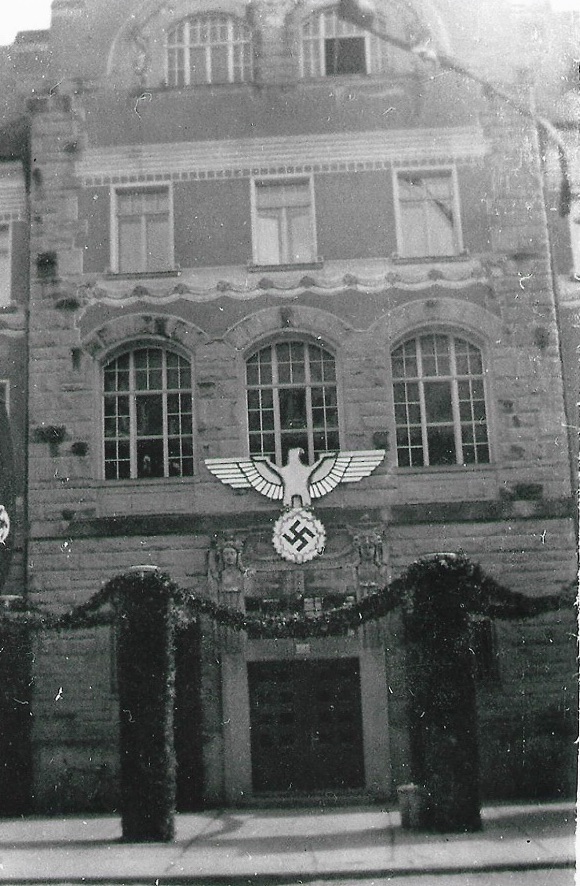
Regional court in Feldkirch, around 1942
City Archive of Feldkirch
39 Edith Meyer und Heinrich Heinen
A love that was not allowed to be: Edith Meyer and Heinrich Heinen
Feldkirch – Hohenems, August 30, 1942 – September 1, 1942
On August 30, 1942, six prisoners manage to break out of the prison behind the Feldkirch district court. Josef Höfel, a 19-year-old unskilled worker from Hohenems who has had several conflicts with the law, is imprisoned for high treason; he allegedly belonged to a communist resistance organization. Erwin Kermer, a sixteen-year-old apprentice carpenter, was accused of planning an “unauthorized border crossing” into Switzerland. Othmar Rathgeb, a 17-year-old Swiss, had unsuccessfully tried to enlist in the German Reich's navy. While trying to return to his homeland, he was arrested on the train to Feldkirch for passport violations. Paul Schwetling from East Prussia had tried to escape to Switzerland near Lustenau before being drafted into the air force, and Friedrich Frolik, a young Czech, had also tried to cross into Switzerland near Feldkirch.
The impetus for the joint escape, however, was given by another fellow prisoner: Heinrich Heinen from Cologne. Three days earlier, Heinen had been convicted in Feldkirch of “racial defilement,” draft evasion and passport offenses. Together with his Jewish fiancée Edith Meyer, he tried to escape to Switzerland near Feldkirch in June. Their love is forbidden in Germany.

Edith Meyer
Source: Ernst Meyer, Collection of Günter Schmitz
Nineteen-year-old Edith Meyer and her family were forcibly relocated to a “Judenhaus” in Langenfeld near Düsseldorf in 1939. In December 1941, she was deported to Riga. Heinrich Heinen, however, succeeded in liberating her from the ghetto in an adventurous way in April 1942. After an odyssey via Königsberg, Berlin, Cologne, Solingen, Königswinter, Constance, and Bludenz, the two were arrested in Feldkirch on the evening of June 22, 1942. When they were taken to the prison shortly after midnight, they saw each other for the last time.
On August 30, Heinen and his five cellmates manage to overpower two guards and take their weapons. But instead of escaping immediately, Heinen searches for his beloved for an hour and a half in the prison house, in vain. Finally, the escapees split into two groups. Most of them are caught soon, in Feldkirch and Lustenau. Höfel and Heinen escape arrest once again in Lustenau on a bycicle and hide for one night in the Hohenems district of Oberklien. The chronicle of the Hohenems gendarmerie post records under the date of September 1, under the heading “Use of weapons against felons”:
“The escapees tried to flee to Switzerland on stolen bicycles. Höfel had old smuggler friends in Hohenems Oberklien and sought shelter there for the time being with Heinen. On September 1, 1942, at about 2:20 p.m., the gendarmerie post learned that Höfel and another unknown man were supposed to be in Oberklien at house No. 7. The post commander, Master Linder, organized an arrest plan and at 2:55 p.m. intervened against the criminals with Chief Constable Welte of the municipality and, since no other gendarmes were present at the post, with Master of the Schutzpolizei of the municipality, Anton Margreiter and Border Guard Alfred Huchler from Hohenems. Höfel and Heinen immediately fired several pistol shots against Master Linder at a distance of 19 meters, but since Master Linder immediately found cover on the ground, they missed. Höfel was then fatally shot by a brain shot and Heinen, who finally tried to escape and, in the process also fired further shots at the border guard Huchler, was fatally shot by Huchler by two shots. – The bodies were taken to the morgue of the hospital and buried extra-parochially and inconspicuously in the local cemetery at 5 a.m. on September 3.”[1]
Heinen had been unable to find his fiancée in the Feldkirch prison because she had already been handed over to the Gestapo the day before. She was deported from Innsbruck to Auschwitz on October 9, 1942. Since then, there has been no trace of her.
Recommended Reading:
Alfons Dür, Unerhörter Mut. Eine Liebe in der Zeit des Rassenwahns. Innsbruck 2012.
[1] Quoted from Alfons Dür, Unerhörter Mut. Eine Liebe in der Zeit des Rassenwahns. Innsbruck 2012, p. 143-144.

Regional court in Feldkirch, around 1942
City Archive of Feldkirch

